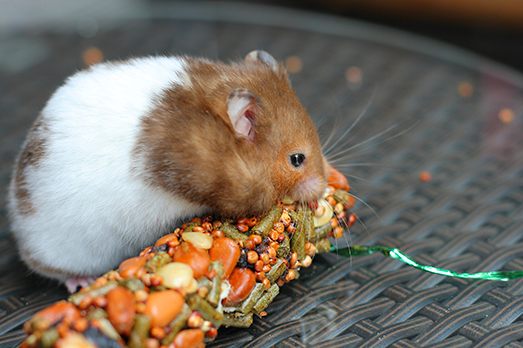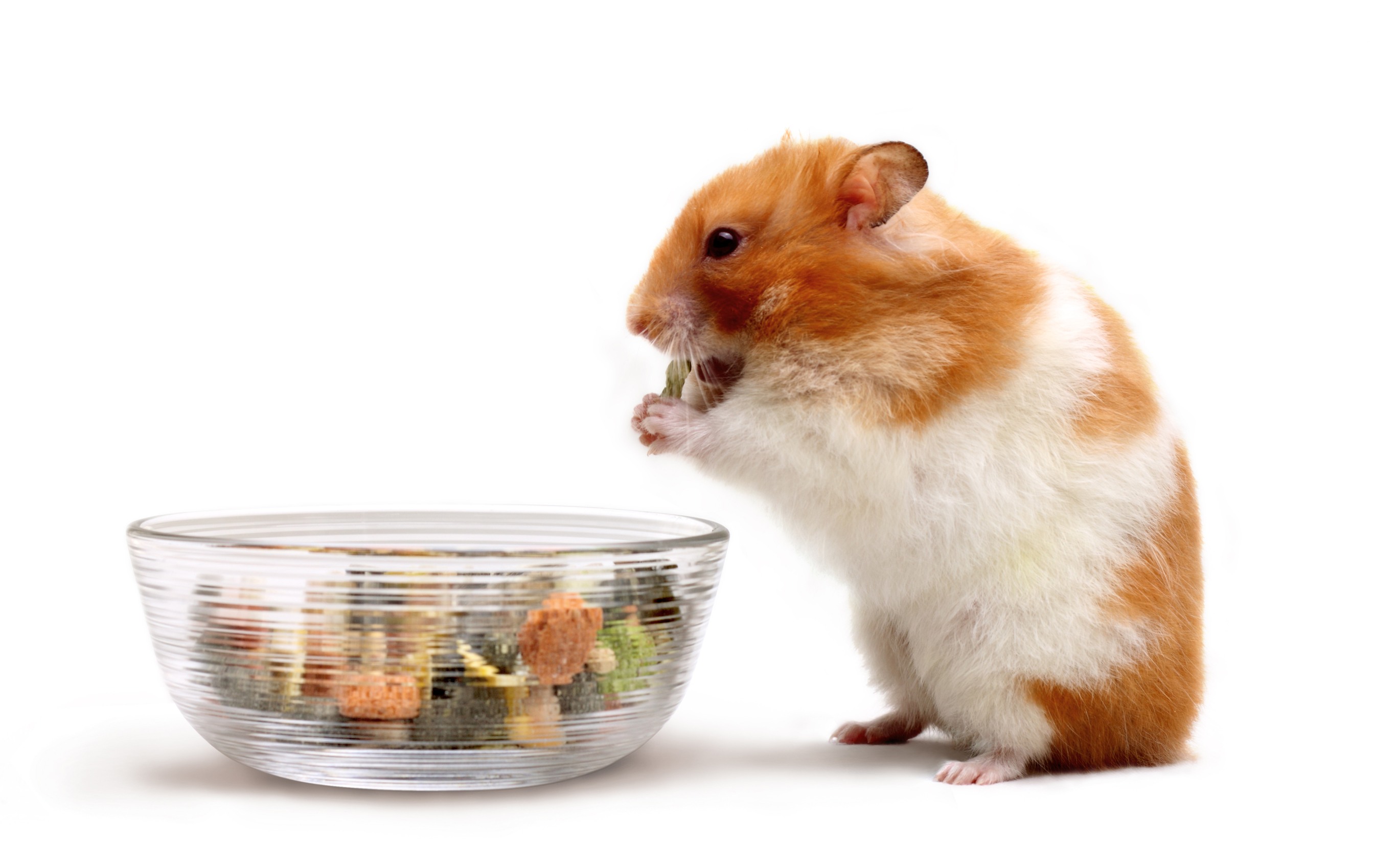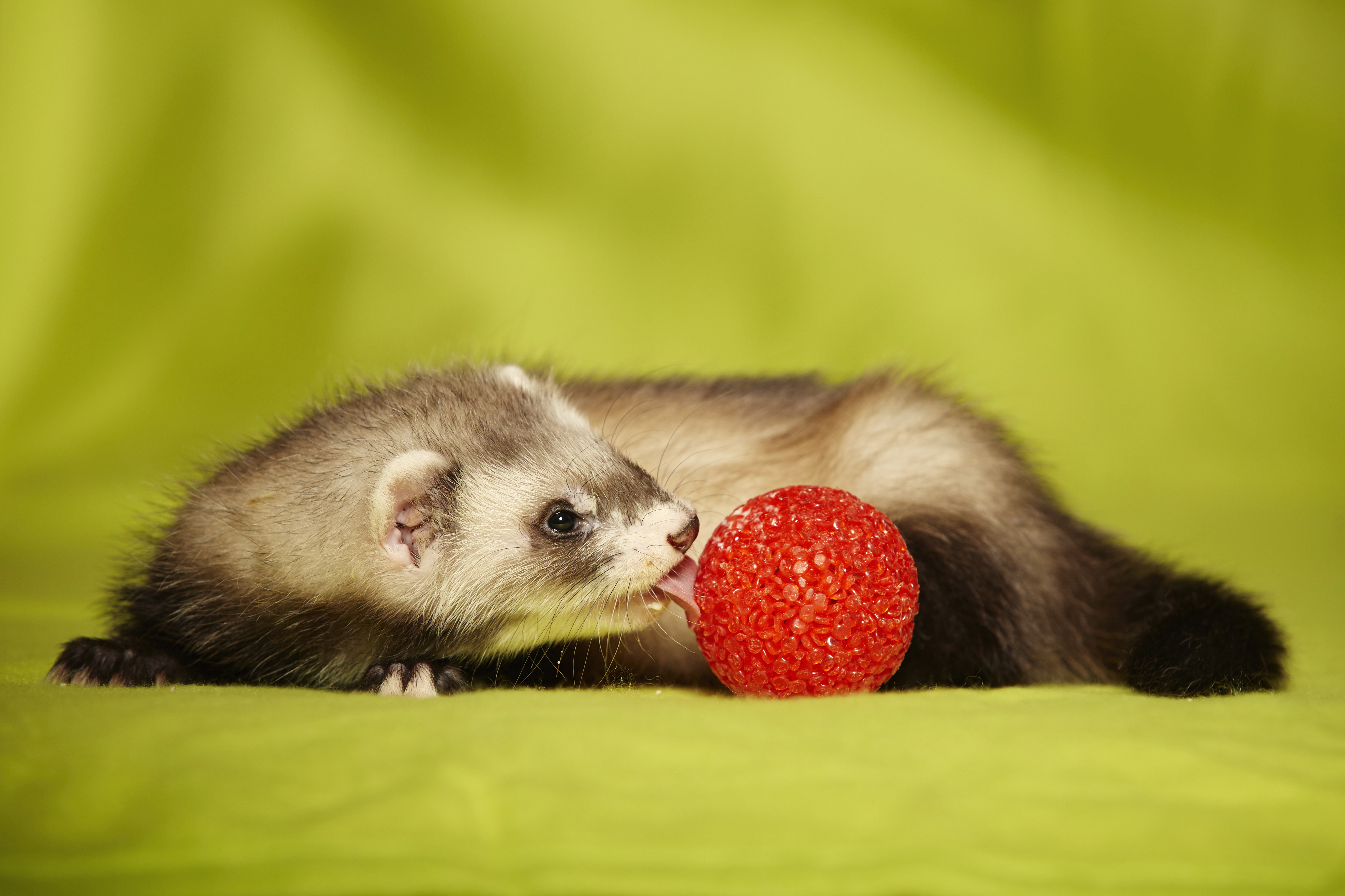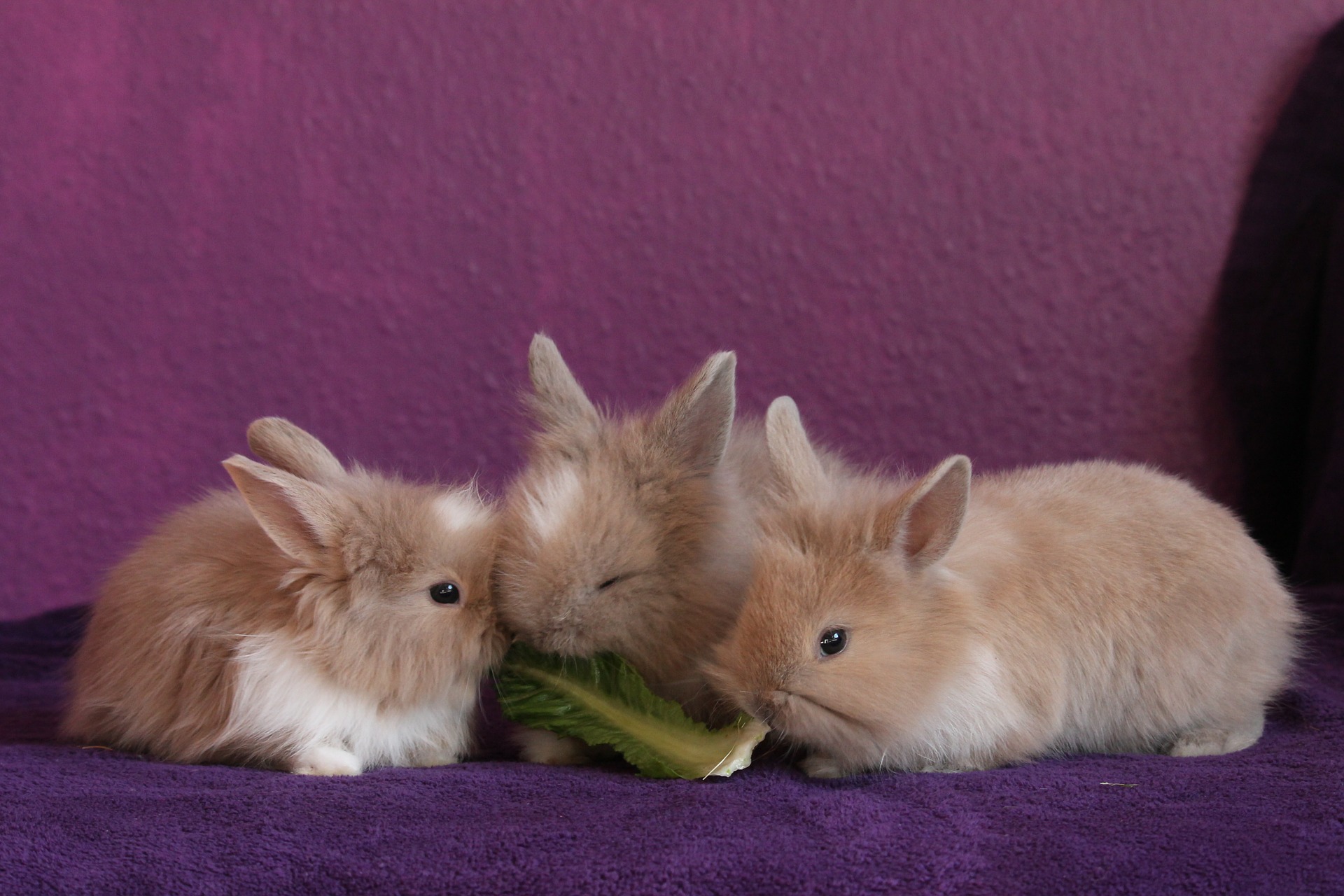Treat of the Moment
Erik J. Martin //November 2, 2015//
 Want a surefire way to increase basket size and the average ticket? Make more room on your shelves for treats, which are the fastest-growing segment in the pet food category according to a recent study by Mintel.
Want a surefire way to increase basket size and the average ticket? Make more room on your shelves for treats, which are the fastest-growing segment in the pet food category according to a recent study by Mintel.
Today, treats are no longer simply guilty indulgences. They now fulfill a variety of goals, from serving as a training tool or reward to promoting natural foraging behaviors or fostering healthier gums and teeth.
Additionally, giving a treat is a way for owners to show their pets they love them, as indicated by 45 percent of the pet owners who responded to the survey.
The survey also found that:
• 22 percent of pet owners are seeking unique ingredients and flavors in their pet treats.
• Only 16 percent of owners rely on the same brand for both pet treats and pet food, suggesting that owners possibly hold food and treats to different standards.
• Owners likely evaluate treats based more on flavors and indulgence than nutrition.
Facts to Chew On
There are certainly more options in the treat category than there were five or 10 years ago, “and the overall quality and nutritional value of treats has improved by leaps and bounds,” said Lucas Stock, communications manager with Oxbow Animal Health in Murdock, Nebraska.
Kathleen Kintz, digital marketing specialist for NPIC in Plano, Texas, said small animal food manufacturers are shifting toward creating more natural and varied treats for small animals.
“They’re focusing much more on the needs of each species, rather than just trying to make a catchall. For example, there are specific foods for guinea pigs and rabbits that might be similar, but are distinctive, and ferret food is becoming even more specialized,” Kintz said. “The focus is now on treat products that will benefit pets beyond simply providing enough calories for them to survive on.”
The treat aisle in 2015 looks less like the junk food rack at the grocery store and more like a showcase for new and innovative products containing wholesome, enriching ingredients that owners can feel good about offering to their pets. These include hay-based treats and treats made with freeze-dried fruits and vegetables that are naturally sweet without added sugar.
The vast majority of consumers who feed treats seek out products that have strong visual appeal and, most importantly, good palatability, said Lisa Kniceley, marketing and trade sales specialist with Vitakraft Sunseed, Inc., in Bowling Green, Ohio.
“Treats are a great tool for helping to strengthen the bond between the pet and the owner, but this only works if the animal will actively consume the product,” Kniceley said. “Ultimately, offering variety is key, and your treat assortment needs to include all-natural and increasingly nutritious options to satisfy consumers.”
Treat Trends
Treat lines have to be constantly reinvented to prevent consumer fatigue, Kniceley said. Vitakraft Sunseed did exactly that when it recently revised its line of “Grainola” bar treats—a staple of the company for many years—by making nutritional improvements and enhancements to the packaging to increase visual appeal and freshness. Vita Prima’s Grainola Bar with Carrot & Parsley, for instance, has a fresh new look and taste.
High-fiber hay, alfalfa and fresh grains remain key ingredients in many treats, but sweet vegetables like carrots, corn, beets and sweet potatoes are dominating many recipes, too. F.M. Brown’s Tropical Carnival Natural Sweet Potato Yummies and Higgins Sunburst Veggie Stix Gourmet Treats (featuring crunchy beets) are good examples.
While crispy and crunchy nibblers are popular sellers, more soft and chewy treats are emerging. Case in point: NPIC will soon introduce N-Bone Ferret Soft Treats, a grain-free snack available in chicken, salmon or bacon, and formulated with omega-3 and -6 fatty acids to help maintain healthy skin and coat.
In addition, more treats today contain yogurt, such as Kaytee’s Fiesta Mixed Very Yogurt Chips, Ecotrition’s Yogies and Vitakraft’s Yogurt Drops.
Treats that resemble the shapes of human foods are also capturing consumer attention, as evidenced by products like Wild Harvest’s Glazed Donuts small animal treats, Ware’s Willow Critters Pretzel Sticks small pet chews and Vitakraft’s Small Animal Raviolos.
Shelf Logic
As items that are not necessarily a staple in most purchasing situations, treats rarely get the merchandising focus they deserve. That’s why strategic retail placement is crucial here.
“Treats should be integrated into the food department to increase eye contact and opportunities for success,” Kniceley said. “Merchandising food and treats together greatly increases the frequency of treat sales.”
Not surprisingly, treats perform well at eye level and in situations where they’re positioned to stand out.
“Clip strips in the aisle are a great display option when possible, as well as end caps,” Stock said. “And buy one, get one free offers and similar promotions are a great way to promote key treats.”
For instance, consider running a deal where a free treat accompanies the purchase of a larger size hay variety to incentivize the purchase of a daily nutritional staple. Also, be sure to take advantage of significant “treat friendly” holidays, such as Halloween and Christmas, which lend themselves well to treat promotions.
Remember, too, that customers love variety, so resist aligning your shelves with too much of one type of item.
“For example, offering 10 brands of the same variety of treat is not necessarily the best use of space,” Stock said. “Instead, focus on brands you can trust and offering the greatest variety possible across those key brands.”



















